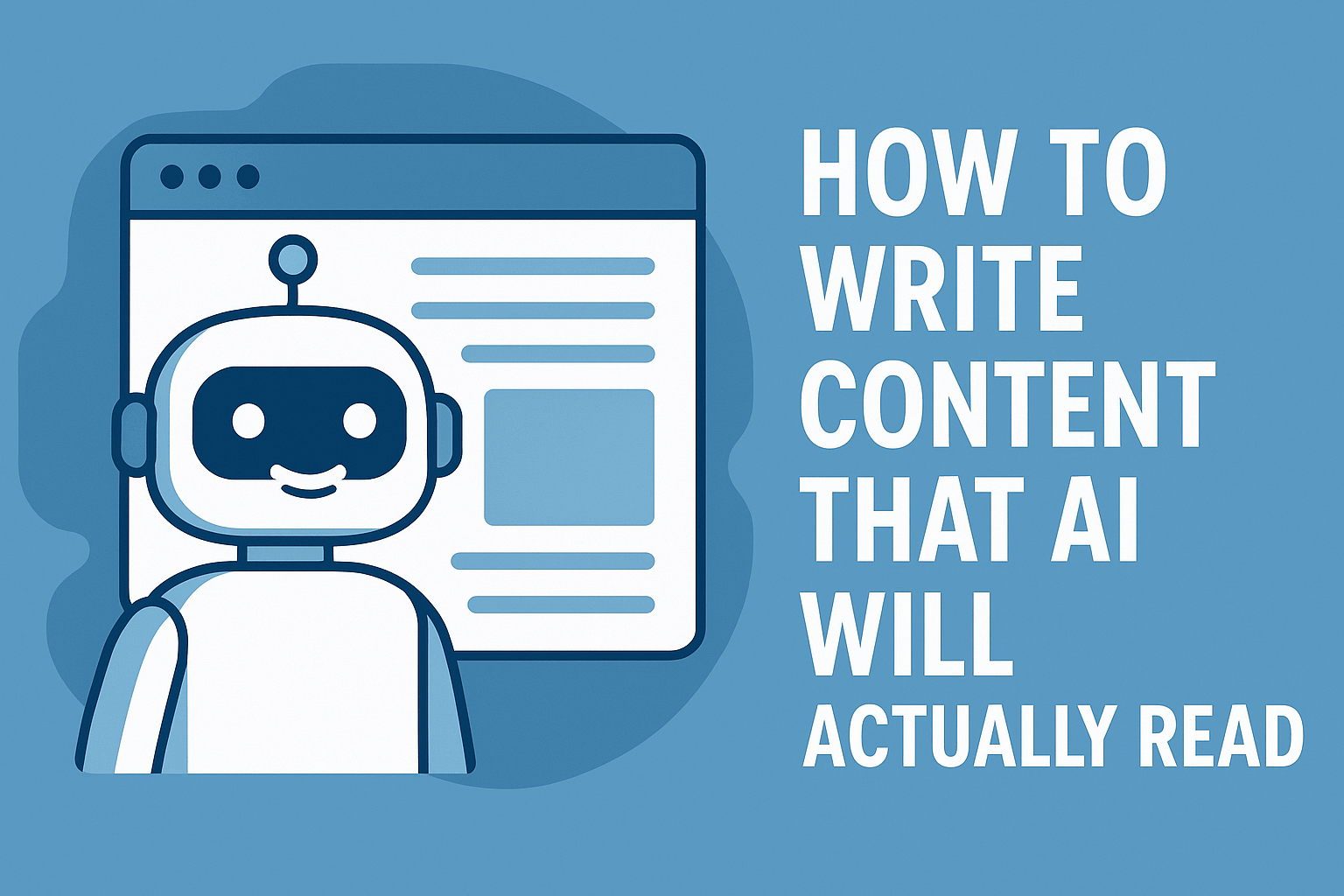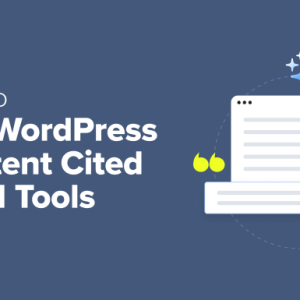So you’ve crafted a great blog, your SEO score is green, and your formatting’s tight—yet AI tools like ChatGPT or Google’s Gemini just seem to ignore your site. If it feels like you’re talking and the bots aren’t listening, you’re not alone. What you need is, to write AI-friendly content.
As AI becomes the go-to for search and answers, the way your content is seen is changing. Not just by people—but by machines too.
In this post, I’ll break down how to make your content more “AI-friendly,” without sacrificing human readability. Because let’s face it: you still want real people to click, read, and share it.
Why AI Might Be Skipping Over Your Stuff
AI doesn’t “read” like we do. It digests patterns, structure, relevance, and clarity. And when your content is vague, bloated, or written in a way that’s hard to summarise, it often gets skipped or misinterpreted.
You may have great ideas—but if they’re buried under fluff or clickbait intros, AI tools often won’t include your content in answers or summaries.
5 Tips to Write AI-Friendly Content
1. Get to the Point—Fast
Put the key idea in the first paragraph. AI tools often summarise based on opening content, not what’s buried halfway down.
2. Use Clear Subheadings
Break things into chunks using proper <h2> and <h3> tags. Tools like ChatGPT love structure. Bonus: so do your readers.
3. Be Specific
Use real numbers, dates, product names, and locations when it matters. “It improved results” means little. “It boosted conversion by 24% in 30 days” gets picked up.
4. Write for Skimmers
Lists, short sentences, one idea per paragraph. AI prioritises clarity and brevity. Don’t waffle.
5. Answer Real Questions
If you’re writing a post like this one, imagine the user typing a question into ChatGPT. Then write the answer clearly, like you’re explaining it to a colleague.
What You Don’t Need to Worry About (Yet)
Don’t feel pressured to change your whole tone or become a robot yourself. You’re still writing for people. Just understand that AI looks for clarity, confidence, and structure.
Good writing habits now have a second audience: machines. But the good news? What helps AI also tends to help humans.
Coming Up Next…
Next in this series, I’ll cover whether traditional SEO is dead—or just different in the age of AI. We’ll dig into what still works, what’s fading, and what content creators need to shift to stay relevant.
Got a question, challenge, or specific type of content you want help making more AI-savvy? Let me know—I’ll build the next post around real-world issues you’re facing.



